Starting organic vegetable seeds indoors is a great way to extend your gardening budget and your growing season. However, starting vegetables from seed can be a bit tricky for many novice gardeners. Fortunately, the seven simple steps outlined below simplifies the process and makes it much more fun and easy.

Step #1: Create a list of everything you want to grow. Start by jotting down anything and everything you think you’d like to grow this season. This is the time to do a little day dreaming, so don’t worry about practicality or limitations at this point. Once you have your “dream garden” list, go back and narrow your list down based on how much space, time, and budget you can devote to your organic vegetable garden.
Gardening Tip: Part of the joy of gardening is learning and trying new things. If at all possible, try to add at least one new variety or type of plant each growing season.
A few of my favorite seed sources:
Step #2: Assemble seed packets and other supplies. Once you have a list of what you want to grow, it’s time to start collecting everything you need to get started. In addition to seeds, you’ll also need seed trays or other planting containers, seed starter mix, plant labels, and a spray bottle with a mist setting to water your newly planted seeds. Gathering everything in one place before you get started means you won’t be making last minute trips to the store after you begin.
Gardening Tip: Prepare your plant labels now. Baby plants tend to look alike and you don’t want to have trays of unnamed seedlings wondering which is which (learn from my experience). Labeling your plants as you go will save you a lot of grief later.
Step #3: Disinfect containers. If you reuse containers for your seedlings from one year to the next, make sure you disinfect them at the start of each season. A solution of one part 3% hydrogen peroxide combined with nine parts water will do the trick.
Gardening Tip: Food-grade hydrogen peroxide comes in a 35% solution, while the inexpensive type used in most household applications is 3%. If using food grade, dilute it down to 3% first (roughly 1 part hydrogen peroxide to 11 parts water), then combine with water as noted above.
Step #4: Provide adequate drainage. Excess water in your potting containers can cause tender young roots to rot, so be sure to add drainage holes to your containers before planting, if necessary.
Step #5: Read each plant seed packet carefully. Seed packets usually provide detailed planting instructions for each type of seed. For example, some seeds need to be soaked in water overnight before planting, while others need to be just barely covered with growing medium to germinate. The packaging should also indicate how far in advance you’ll need to start each type of plant, and how much water and light the seedlings need. If your seeds came from another gardener, a simple online search can give you the instructions you need.
Gardening Tip: Choose the right planting dates for your area. Six weeks before the last frost in your area is a good rule of thumb for most garden plants. This is enough time to ensure your plants reach an optimal size before they are transplanted outside.
If you aren’t sure what the best time is in your area, you can check here:
https://www.almanac.com/gardening/planting-calendar
Step #6: Provide enough water... but not too much. Tiny seedlings dry out quickly, so make sure you water them frequently. However, overwatering can disturb the soil and/or lead to root rot. For best results, use a mist sprayer to gently water your tender young plants without drowning them.
Step #7: Harden off your plants before transplanting them outdoors. Young plants grown indoors need time to adjust to being outside. A week or so before it’s time to transplant your seedlings into your garden, gradually introduce them to their new environment. Start with a few hours in a protected area and gradually increase the time they are outside each day until they become strong enough to survive a permanent move outdoors.
Although it does take a bit of know how to start organic vegetable seeds indoors, these seven simple steps will make your job so much easier.





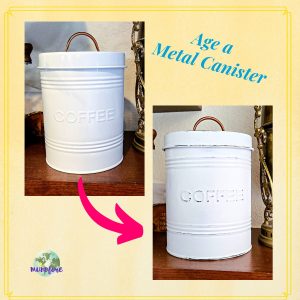






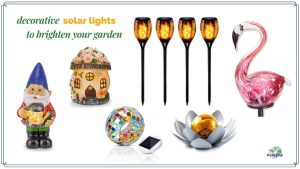

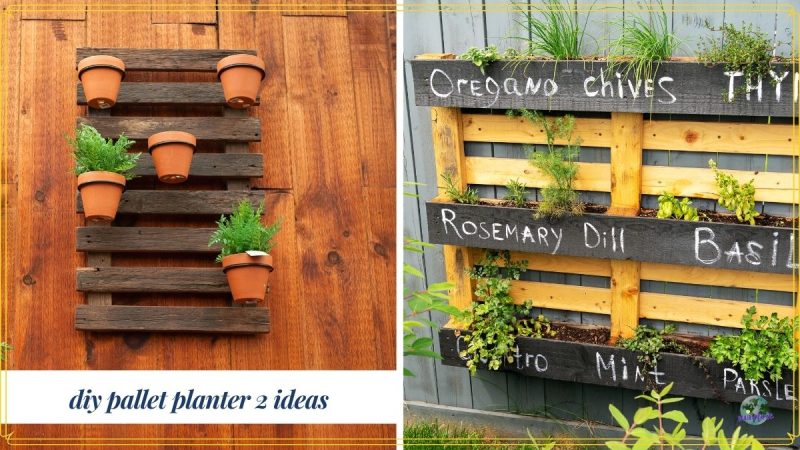
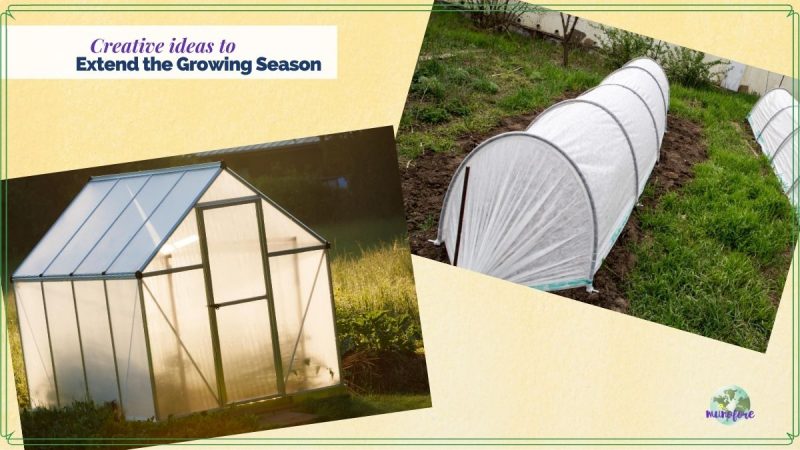
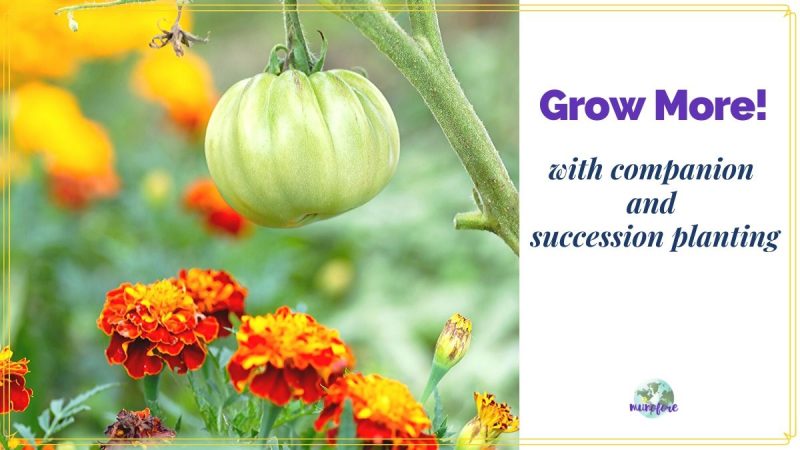
Ali B says
Your step by step instructions make it seem very doable - in the past I've been intimidated about starting seeds indoors. I am going to try tomato and pepper for this year and see how it goes! Thanks for sharing at The Ultimate Pinterest Party this week!